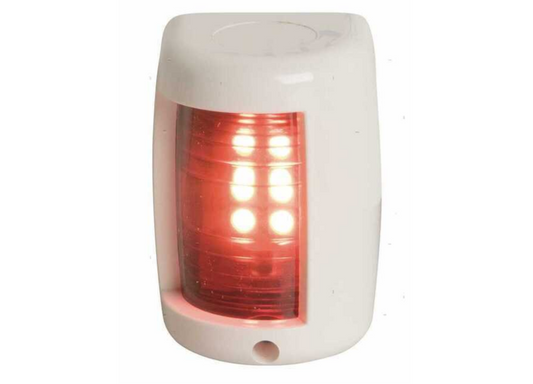
Boat Fenders and Rubbing Strakes: Size Guide 2025 | Hubmarine
Fenders and fenders: a practical guide to protecting your hull
Scratches, bumps against the dock or a nearby boat: all it takes is a wave to ruin your day (and your gelcoat). With the right combination of fenders and fenders, you can sleep soundly and protect the value of your boat.
1. How many fenders do you really need?
The rule of thumb is (length in feet ÷ 10) + 1. Example: a 26 ft (≈ 8 m) needs 3 fenders per edge. Add a spare fender to use as a “gangway fender” or to place on the most sensitive contact point.
2. Choose the right size
Below is a list to help you choose the size of your classic Polyform cylindrical fender based on the dimensions of your boat. These measurements are general. Always check your needs based on your boat (for example, a boat with 10-meter high sides will likely need a long fender like size F4 to protect the entire side and allow you to moor alongside any other boat or dock).
- Boats 5–7 m → F1 / Ø150 × 610 mm
- 7–9 m → F3 / Ø220 × 745 mm
- 9–12 m → F4 / Ø220 × 1040 mm
- Over 12 m → F5 / Ø290 × 775 mm
Hubmarine TIP: If you are docking in a crowded port, consider flat fenders (Step or Flat) to cover the low end of the gunwale.
3. Material and color
UV-resistant PVC remains the standard for durability and price, while semi-rigid EVA absorbs impacts better and won't stain the gel coat. White reflects heat, while blue and black hide dirt.
4. Bottazzi: when to mount them
If you often moor close to the bow or in narrow docks, a 30-50 mm PVC or rubber fender will protect you from deep scratches. It can be applied with 3M™ VHB double-sided tape and primer, or with stainless steel screws on an aluminum support.
Quick assembly: clean with isopropyl, apply primer, heat the profile slightly and press with a rubber roller to avoid bubbles.
5. Maintenance and inflation
Maintain pressure between 0.15 and 0.20 bar: a fender that's too hard transmits shock to the hull, while a soft one will crush. Wash monthly with fresh water and neutral soap; avoid harsh degreasers that harden the PVC.
Frequently Asked Questions
Can I leave the fenders on while sailing?
Yes, for short, low-speed journeys; above 10 knots, remove them or attach them to the pulpit to reduce friction and fuel consumption.
Does the adhesive seal hold up in the summer?
With primer and special glue, adhesion can withstand temperatures up to 90°C; however, be careful of sharp edges and direct impacts.
Not sure about the size? Chat with a Hubmarine technician: we'll recommend the perfect configuration based on length, displacement, and mooring type.










































